| Posted on |
Evolution Of Whole Fashion Industry Over The Years
0
2383 Views
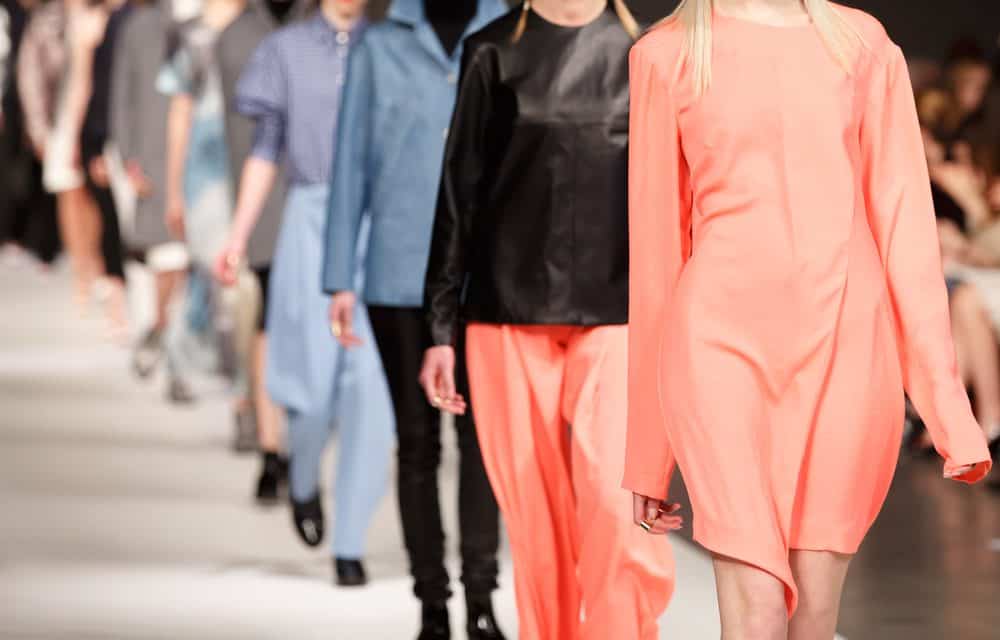
Today, thinks might be driven by technology – complex computers, car, clocks, and even that one basic pressure cooker you’ve settled on the gas stove. But one thing’s for certain, anything that engrosses in rapidity of their running renovations embrace up to the minute attributes and aesthetics. Of course, everything has been made smaller and sophisticatedly suitable for all of us to have it in our lives.
Similarly, a manner once thought a person’s predisposed intuition of behavior led to become known as style. Cannot forget how the likes of Gabriella Bonheur (Coco Chanel fashion founder), Audrey Hepburn, boy Capel, and many other has transfigured various fashion sways with their black-and-white style silhouettes. To this day, these alma maters have inspired a lot of fashion designers and houses as well scheming archaic alterations with specific sartorial renovations.
Today, the fashion industry has brought so much forward for devoted fashionistas, and we got all that glamor and glimmer pervaded in everything that seems to enhance our persona. When it comes to clothing, evolution seems to be more in hands of celebrities that the creators themselves. Today, the world has a wardrobe filled up with vast vivacities when it comes to the archetypes of both apparels and attires. For example; we can check out the selected summer clothing collection, specifically created for lads and ladies to overcome the use of irksome coatings of sunscreen over their bodies.
We are looking forward to more like a transformation of the fashion industry more than its mere evolution. To an élan elegance endeavors of many years or even centuries, famous fabric weavers and innovators have made the fashion industry one of the biggest industries mankind has ever witnessed if placed parallel to technology. Just imagine, how it would’ve been possible to conceive this Captain Marvel Costume having such a premium otherworldly look. Ultimately, fashion has also affirmed its mark on the film industry as well, witnessing those attested attire silver linings for the silver screens.
Charles Frederick Worth Was The First Label Emblem Dress Designer
 The modern fashion industry was initiated from a mere single person named Charles Frederick Worth. He was one of the greatest solitary dress designers of his time led with many playing nimble-fingered fabric designs and schemes in his league of producing some of the best lavish clothing of its time. However, Charles Frederick in the 19th century, was one of the first designers to sew the label of his designation to offer dress his exclusive design decorum. Eventually, the brand emblem was founded and many other eminent fashion designers like Jean-Philippe Worth, Paul Poiret, Elsa Schiaparelli, Jeanne Paquin, etc., of that time aspired this dress-dubbed hemmed concept on their wardrobe works as well.
The modern fashion industry was initiated from a mere single person named Charles Frederick Worth. He was one of the greatest solitary dress designers of his time led with many playing nimble-fingered fabric designs and schemes in his league of producing some of the best lavish clothing of its time. However, Charles Frederick in the 19th century, was one of the first designers to sew the label of his designation to offer dress his exclusive design decorum. Eventually, the brand emblem was founded and many other eminent fashion designers like Jean-Philippe Worth, Paul Poiret, Elsa Schiaparelli, Jeanne Paquin, etc., of that time aspired this dress-dubbed hemmed concept on their wardrobe works as well.
Textile Industry revolutionized with Cotton Intertwined Machines
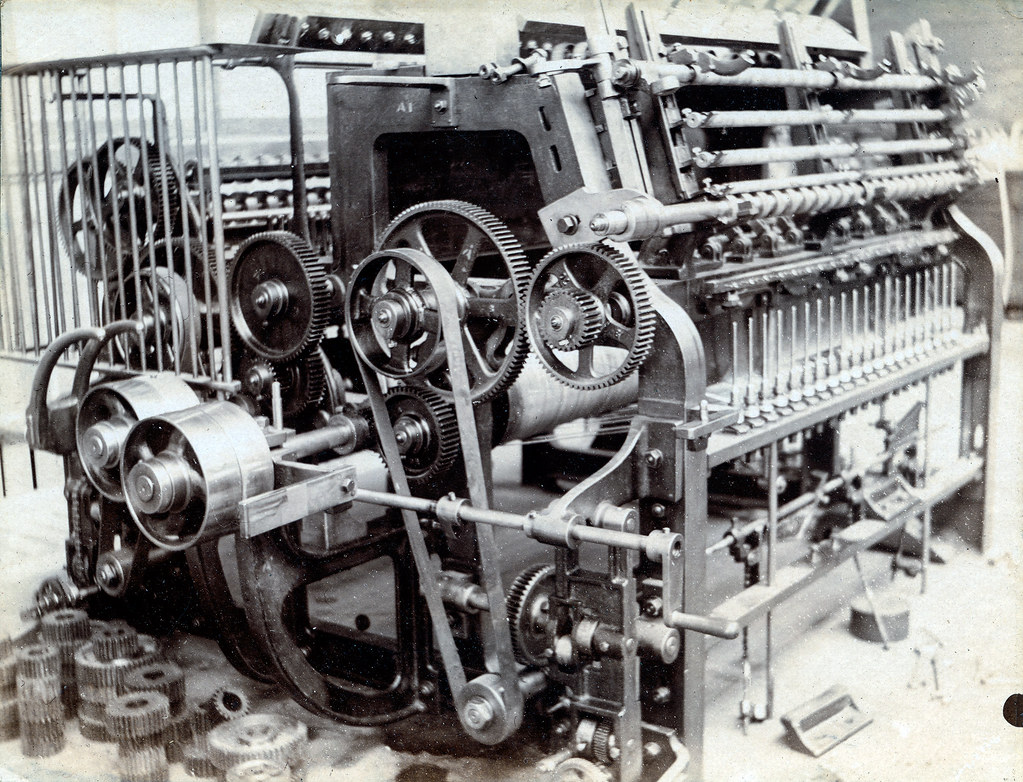
The yarn draperies were getting extensive acclaims for those who wore by those who witnessed. Eventually, the dire time was the requirement of precise machineries that would run in the mill work alongside workers to boost clothing cultures all across the globe. The first fabric factory ever in the U.S. was initiated right after George Washington was elected the head of state for the country. Samuel Slater, a cotton spinner’s apprentice left England with secrets to create those rudimentary yet innovative textile machineries of its time. Later, he was able to make spindles of yarn solely from his memory.
However, there a few more machines before and after the above cited one. But this one in particular made appendixes for other textile clothing and technical apparatuses used for weaving and shipshape apparels much correctly and faster. A few auto-machine examples include:
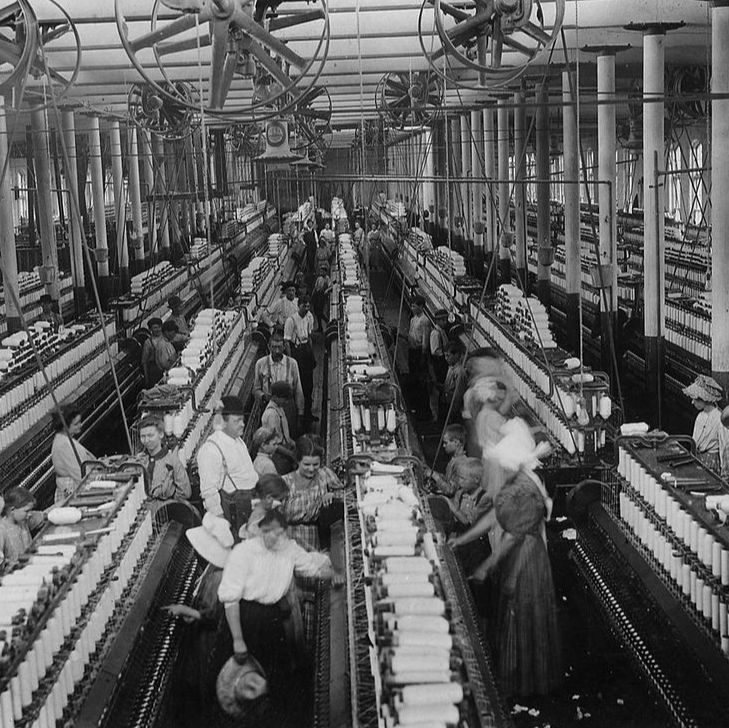
- The Flying shuttle conceived by John Kay that enhanced looming. Thus, enabling weavers to weave faster. (1733)
- Cotton Textile factories were first founded in England. (1742-1745)
- James Hargreaves devised the Spinning Jenny, the very first machine to improve upon the running spinning wheel. (1764)
- Richard Arkwright invented the Water frame. It was one of the first water-powered textile machines. (1764)
- Soon after, Arkwright was the one to patent the water frame. (1769)
- Almost all-cotton textiles were weaved and manufactured in factories. (1773)
- The spinning mule was devised by Crompton that allowed efficient control over the whole weaving process. (1779)
- Cartwright’s patented power loom was amended by William Horrocks, who came under recognition with the construction of his Variable Speed Batton. (1813)
There’s a line-up of pioneering accounts that revolutionized the whole fashion industry. Ever since those cotton textile industries were founded in the U.K., the cotton goods manufacturing increased by 8 to 10 folds. One of the main reasons that strengthen industries during that era were complicated machinery systems established in warehouses.
Samuel Slater’s textile machine induced cotton farmers to do more harvesting, jobs propelled for weavers, and the cloth fabrication was considered as one of the best skills one could perform in those days. Eventually, a more developed apparatus was laid down by Eli Whitney that could separate cottonseeds from the short-staple cotton fiber. If we talk about the modern machinery investitures, then it was Joseph Marie Jacquard who devised the Loom with his name brand. This Jacquard Loom plaited complex designs and clothing was no more a staple wear anymore, and fashion was born with a mere fabric construct.
Clothing was not more an essential everyday wear, but it became one of those lavish accoutrements that were held in esteem. In due course, silk was introduced to the market that cultivated finer apparels and soon became one of the most exclusive material for dress making. We cannot forget the names of William Horrocks that made power-looming possible, letting textile industry produce on its full-raise potentials.
Fashion Models hailed first-class Fabrics Accoutrements Clothing

Right after that designers felt their separate ways of creating novel works for wardrobes. They felt the need of dummies and mannequins to lay rest their royal regalia masterpieces. Henceforth, Charles Frederick Worth came with an idea to use something more representative that would raise bars from the buyers’ perception. As a result, he swayed his own wife Marie Augustine Vernet to be his “live mannequin.” From that day, a more revamped fashion culture was born for designers to engage in dress devoted fellowships, followers, accoutrement admirers, etc.
Today, we witness various fashion festivities being celebrated across the globe. We got Paris Fashion Week, New York Fashion Week, Bridal Weeks, Seasonal Dress catwalks happening in fashion capitols like Milan, Paris, London, Tokyo, to name a few. To this date, Charles Frederick Worth is known as the father of ‘Haute Couture.’
Out-of-date Workers Protests counter to Inventive Outfit Employments
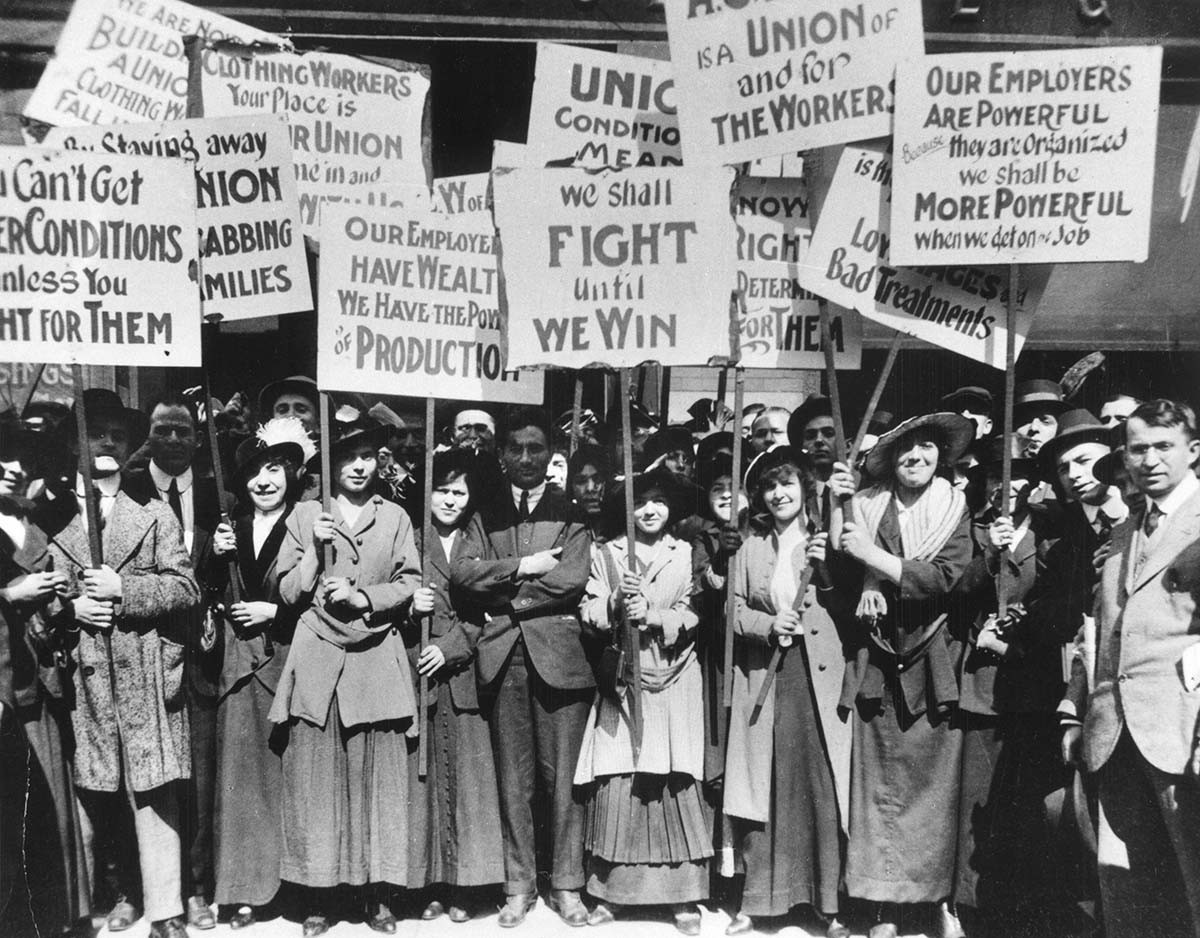
Weaving cotton into yarn into fabric into clothing isn’t a work of fairytales making flawless fabrications in a fly time second. It requires sharp-sighted concentration, day/night shifts, and prolonged hours to loom fabrics by weaving. Textile factory workers hesitated to opt for heavy machines siding with them in the long run. Thus, it was a revolutionary step towards birth of idiosyncratic dress designers to this date we see today.
One of the biggest historical movement against the Industrial Revolution was the Luddites (a secret oath-based organization of English textile workers) in the 19th century. From them. A radical faction emerged that demolished many textile machinery as a form of protest. Also, textile workers felt irksome against machines taking over their sweat and blood livelihoods over the years. Hence, destroying industrial tackles, gears and other equipment during the 18th century.
Fashion is becoming more Festooned Facilitated with Ostentations and Accessories

The fashion industry evolution was taken by storm by sporadic makeshifts by designers, renders by machines, and eventually creating an incorporate transition. To this date, we see clothing has become a versatile vogue experience. Now things aren’t solely sold singular anymore, but dazzle vividly with add-ons, the stylish clothing complements in particular.
The Fashion Industry has bedecked up with Clothing Brands
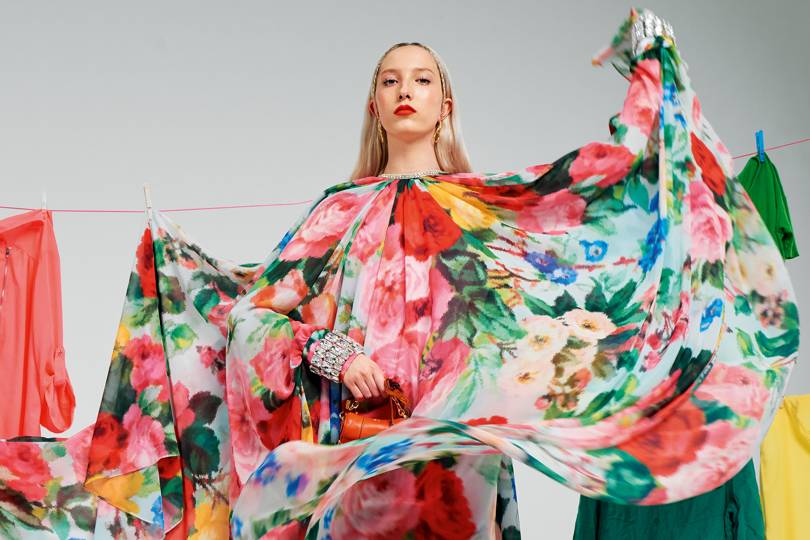 Will not be mentioning them one by one, but the above etched images says it all. Now the fashion industry has emerged with big multinational brands, making well-designed decorations for buyers investing their money for buying clothing and luxurious life accessories. Indeed, the fashion industries have gone towards sky-high edges to create sophisticated befits now and then. Moreover, fashion houses participate in those bi-annual fashion fiesta weeks to showcase their most delicately adorned dresses to the rest of the world. The best part of such events is that it possibly constitutes those dexterously handmade clothing conceives all-inclusive of ensemble élan exquisiteness.
Will not be mentioning them one by one, but the above etched images says it all. Now the fashion industry has emerged with big multinational brands, making well-designed decorations for buyers investing their money for buying clothing and luxurious life accessories. Indeed, the fashion industries have gone towards sky-high edges to create sophisticated befits now and then. Moreover, fashion houses participate in those bi-annual fashion fiesta weeks to showcase their most delicately adorned dresses to the rest of the world. The best part of such events is that it possibly constitutes those dexterously handmade clothing conceives all-inclusive of ensemble élan exquisiteness.
The fashion industry momentarily announced diverse styles for different seasons and became a widespread trend. We all know today that it’s the mode of conduct when it comes to clothing. Even the basic trends have become casually cultured in the most contented form. Both men and women, have their own habiliment assortment they could choose from. There’s a lot you can Google for different kinds of garments being enrolled by big brands and those bigwig fashion designers.
